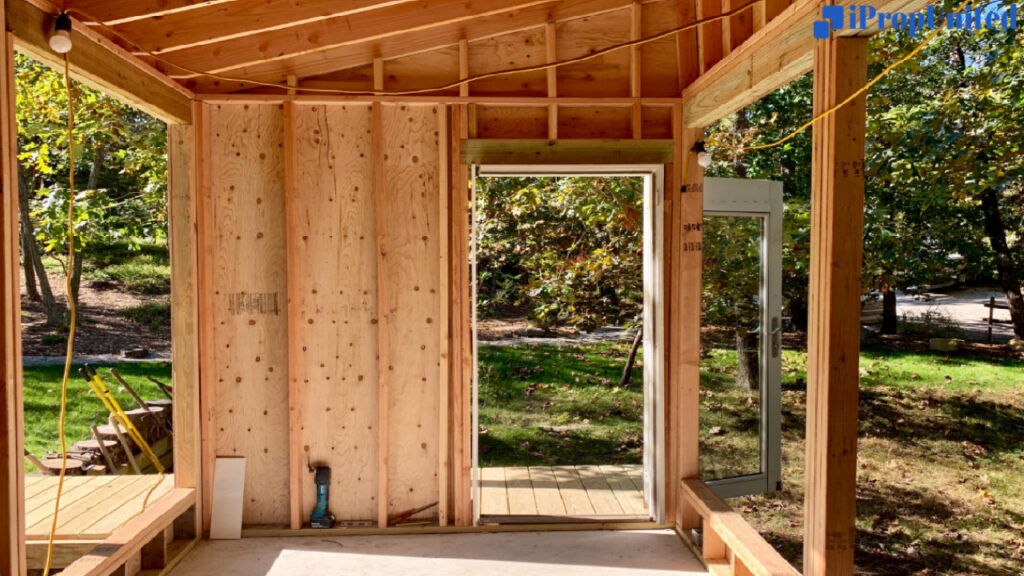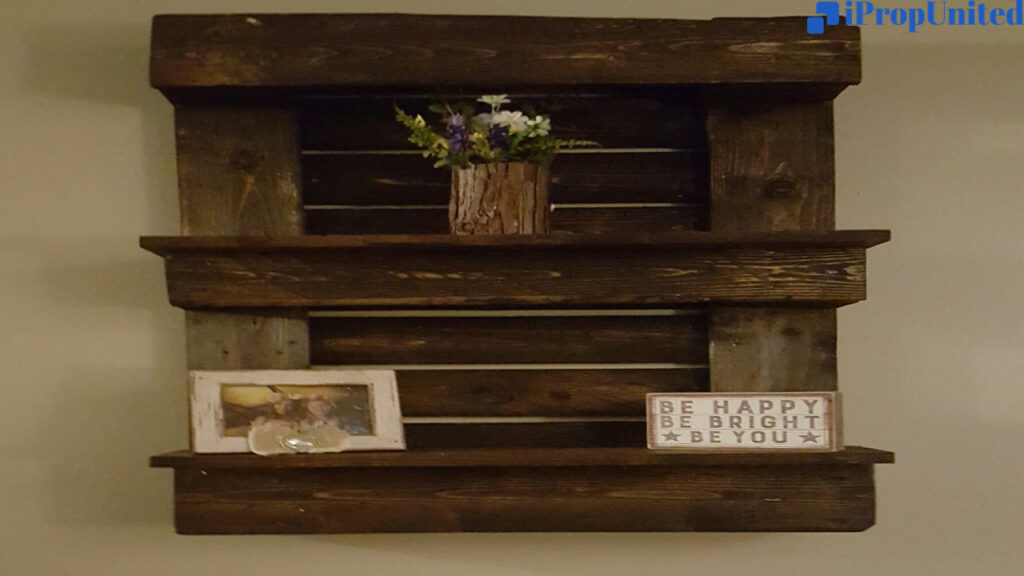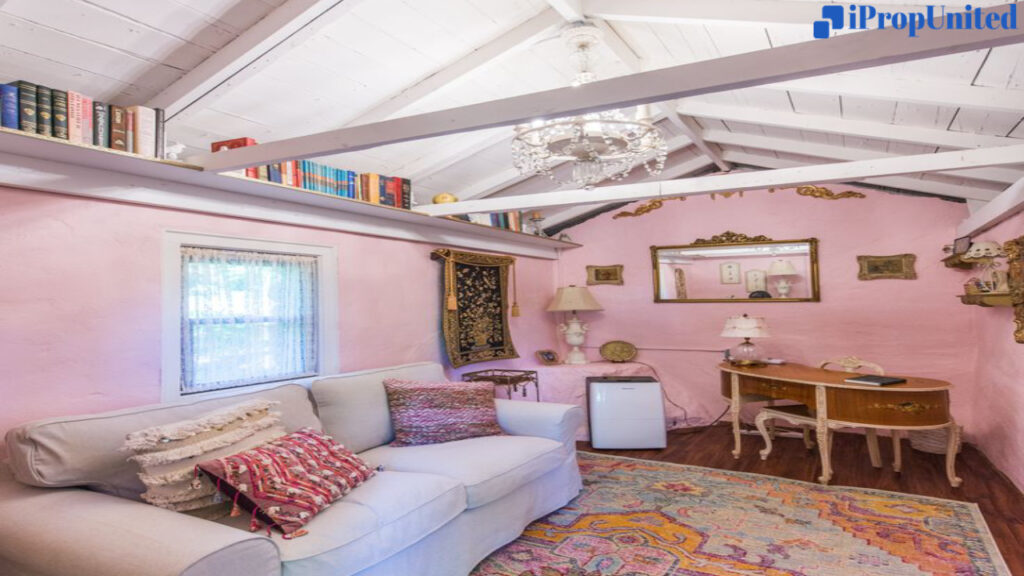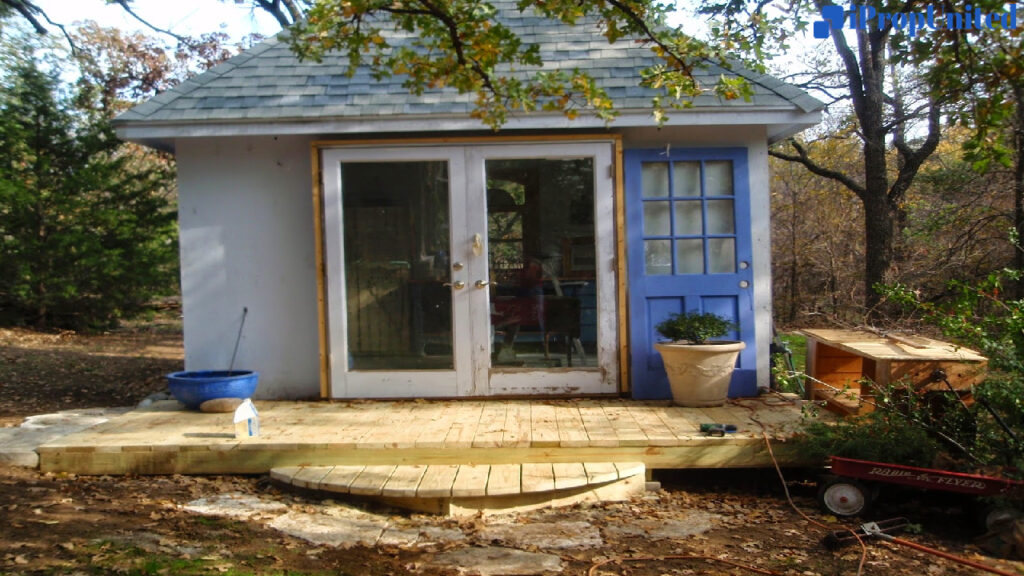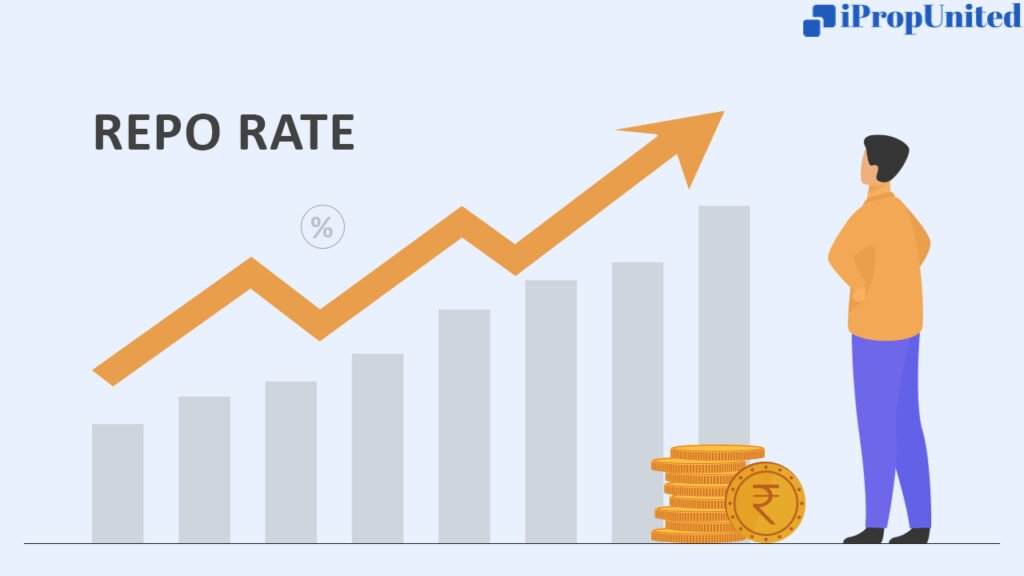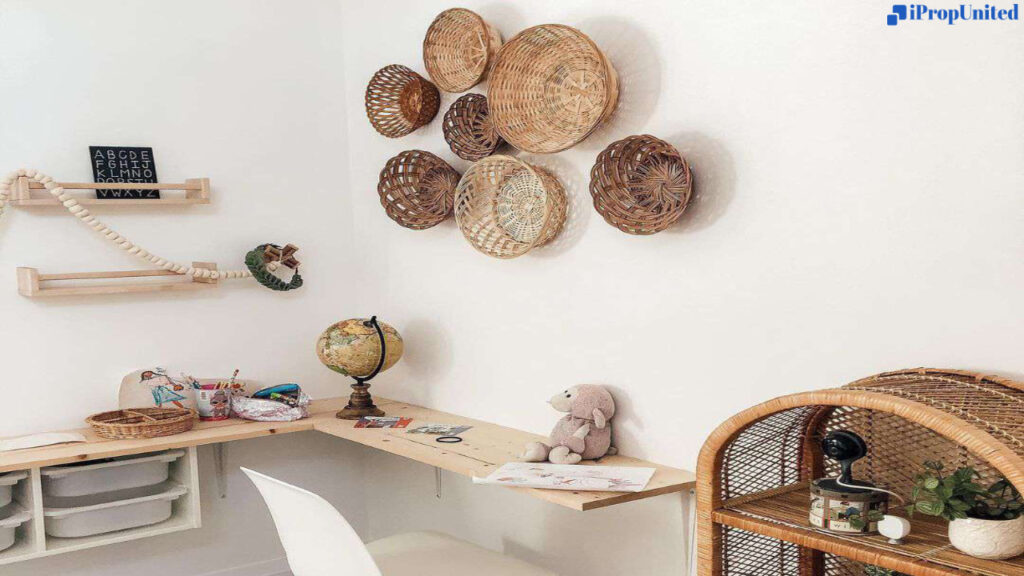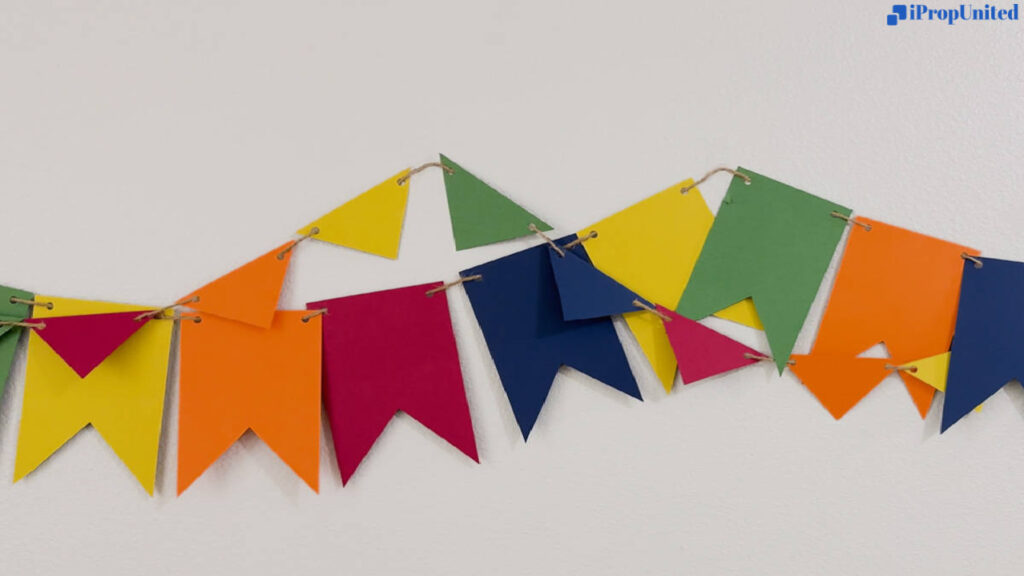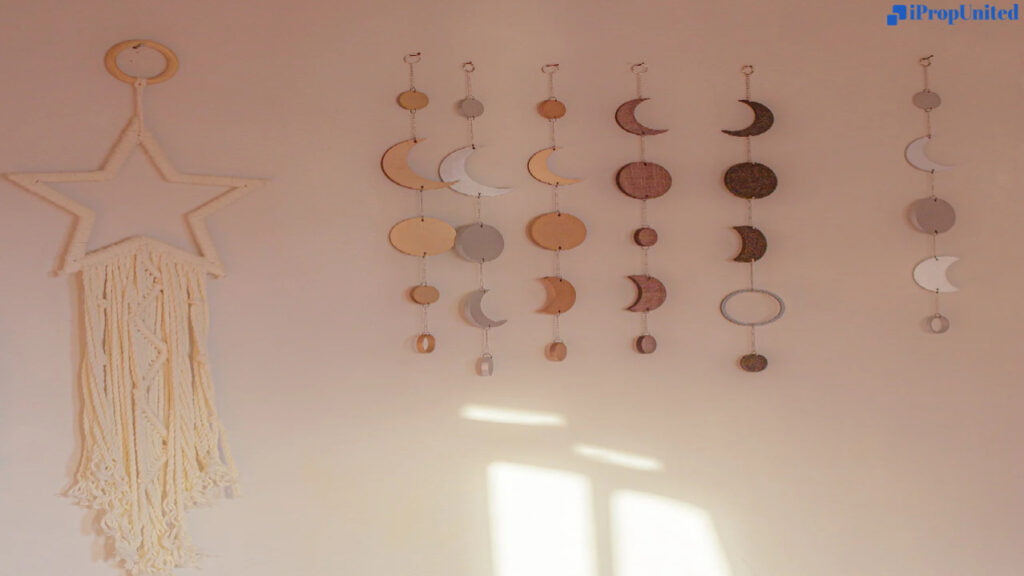The concept of calculating the annual value of a property may seem like a complex mathematical puzzle, but in reality, it is a crucial step in understanding the financial landscape of your real estate asset. Whether you’re a homeowner, a property investor, or someone looking to assess the tax implications, grasping the nuances of annual property valuation is essential.

In this comprehensive guide, we’ll delve into the intricacies of how to calculate the annual value of your property, demystifying the process and empowering you with the knowledge to make informed decisions.
Understanding Annual Value
The annual value of a property is the estimated annual rent that a property could fetch if it were rented out, minus any municipal taxes borne by the landlord. In simple terms, it is the notional rental income that the property is expected to generate in a year.
The formula for calculating the annual value is as follows:
Annual Value = Fair Rental Value — (Municipal Taxes borne by the landlord) or (Actual Municipal Taxes Paid by the Owner)
Let’s break down each component of this formula to gain a clearer understanding.
Fair Rental Value
The fair rental value is the amount that a property could command in the open market. It is influenced by factors such as the property’s location, size, amenities, and overall market demand. To arrive at this figure, you can research similar properties in your locality or consult with real estate professionals for an estimate.
Municipal Taxes
Municipal taxes, also known as property taxes, are levied by local authorities on the property owner. These taxes contribute to the maintenance of civic amenities and services in the area. It’s important to distinguish between the municipal taxes borne by the landlord and the actual municipal taxes paid by the owner. The former is subtracted from the fair rental value to arrive at the annual value.
Calculating Annual Value: Step by Step
Now that we’ve laid the groundwork, let’s walk through a step-by-step process to calculate the annual value of your property.
Determine the Fair Rental Value
Begin by researching the prevailing rental rates in your locality. You can consult real estate websites, property managers, or local real estate agents to get an estimate of the fair rental value. Take into account factors such as property size, amenities, and any unique features that could influence rental rates.
Assess Municipal Taxes Borne by the Landlord
Identify the municipal taxes that are borne by the landlord. These may include property taxes, water taxes, and other local assessments. This information is crucial for the accuracy of your calculation.
Subtract Municipal Taxes from Fair Rental Value
Apply the formula:
Annual Value= Fair Rental Value — Municipal Taxes borne by the landlord
By subtracting the municipal taxes borne by the landlord from the fair rental value, you obtain the annual value of your property.
Verify the Calculation
Ensure that your calculation aligns with any local regulations or guidelines pertaining to property taxation. Some jurisdictions may have specific rules regarding the treatment of certain expenses or deductions.
Factors Influencing Annual Value
Several factors can influence the annual value of a property, and being aware of these variables can help you make a more accurate assessment.
Location
The geographical location of your property plays a significant role in determining its fair rental value. Properties in prime locations or areas with high demand for rentals typically command higher rental rates.
Property Size and Amenities
The size of your property and the amenities it offers, such as parking spaces, proximity to public transportation, or access to recreational areas, can impact its fair rental value.
Market Conditions
Fluctuations in the real estate market can influence the fair rental value. Economic conditions, supply and demand dynamics, and overall market trends can contribute to changes in rental rates.
Property Condition
The overall condition of your property, including its maintenance and upkeep, can affect its fair rental value. Well-maintained properties often attract higher rental rates.
Conclusion
Calculating the annual value of your property is a valuable skill that can aid in financial planning, tax assessment, and overall property management. By understanding the components of this calculation and the factors that influence property valuation, you empower yourself to make informed decisions about your real estate assets.
Remember, accurate and up-to-date information is crucial for a precise calculation. Consult with real estate professionals, stay informed about local market trends, and ensure compliance with any relevant regulations. With these tools in hand, you can confidently navigate the world of annual property valuation and make decisions that align with your financial goals.
Follow and Connect with us: Twitter, Facebook, Linkedin, Instagram
